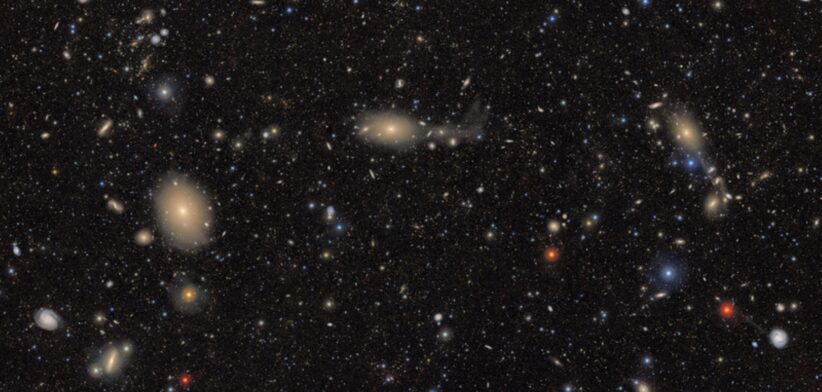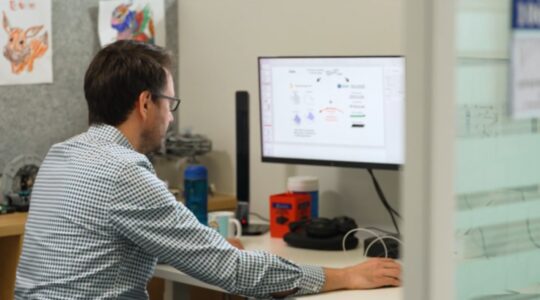First images of the universe from the world’s largest digital camera have been released.
The new Vera C. Rubin Observatory, in Chile, has captured images which contain millions of galaxies, stars in the Milky Way and thousands of asteroids, all in unprecedented detail.
The Observatory’s website states the camera used is about the size of an SUV and weighs around 2800 kg.
“The Legacy Survey of Space and Time (LSST) Camera is the largest camera ever built. It has a huge 3200-megapixel CCD array that will capture our largest, most-detailed view of the cosmos yet,” the website states.
Astronomers from around the globe are hailing the results and future potential.
Professor Chris Conselice, from the University of Manchester, said the initial images, captured in just 10 hours of observations, offered a glimpse of what’s to come from Rubin’s LSST, a 10-year mission to build the most detailed time-lapse map of the night sky ever attempted.
“These images are spectacular and show a few major things,” Professor Conselice said.
“They show how deep and how high resolution the data for the Rubin surveys will be over vast areas of the sky,” he said.
“It also shows that nearly all galaxies have outer diffuse light, which is something we know little about and shows how much is to be discovered.”
Professor Conselice said Rubin would allow astronomers to study this light in detail, greatly advancing understanding of the histories of galaxies.
He said the images taken with the LSST Camera would feed a powerful data processing system.
“Over the next decade, it will repeatedly scan the sky to create an ultra-wide, ultra-high-definition time-lapse record of our Universe that will bring the sky to life with a treasure trove of billions of scientific discoveries.
“The images will reveal asteroids and comets, pulsating stars, supernova explosions, far-off galaxies and perhaps cosmic phenomena that no one has seen before.”
Professor Conselice said the camera had already identified more than 2000 never-before-seen asteroids in our Solar System.
“The project will generate the largest dataset in the history of optical astronomy. The amount of data gathered by Rubin Observatory in its first year alone will be greater than that collected by all other optical observatories combined.”








